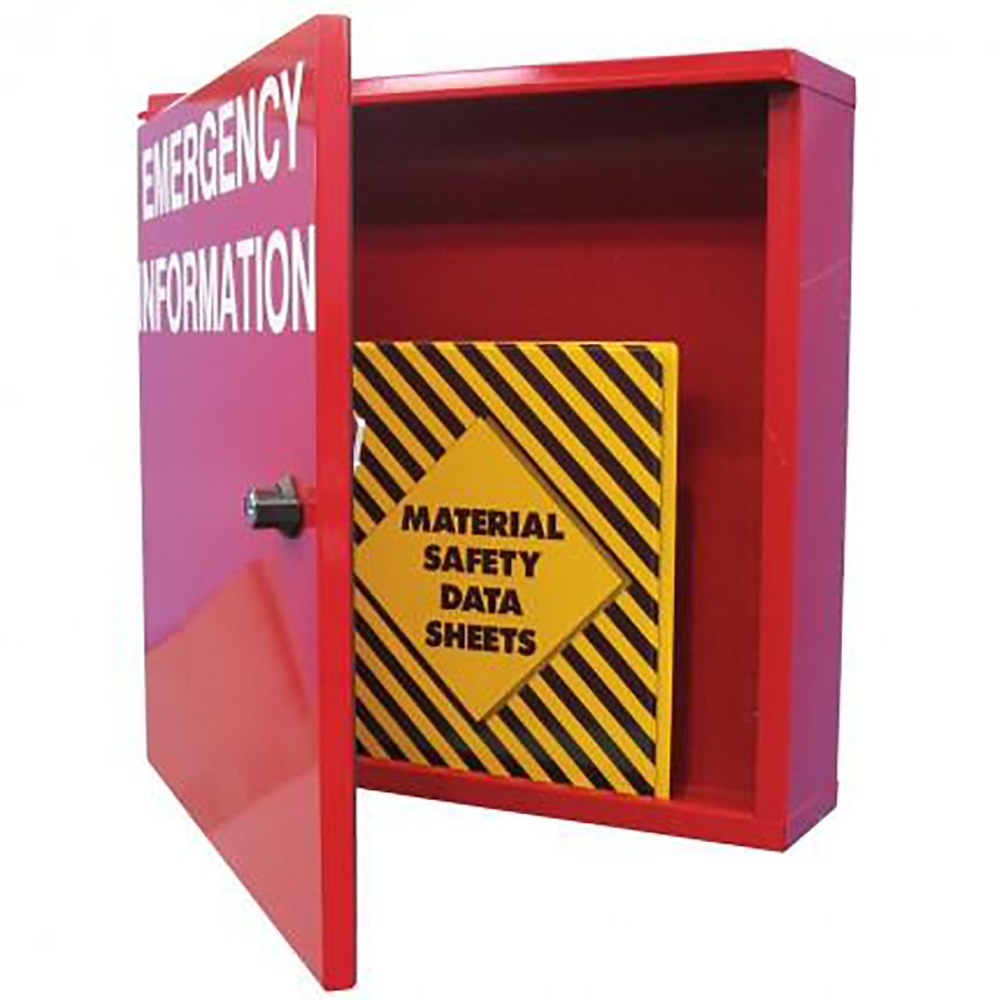
The Do’s & Don’ts of Hazardous Goods
The storage of hazardous goods is full of guidelines, regulations and requirements. These can seem overwhelming, but they don’t need to be. By following some key principles you’ll be on your way to a safer workplace in no time.

The Importance of the SDS
If you work with or around hazardous chemicals, familiarising yourself with the Safety Data Sheet (SDS) is important. Workers must carefully read and understand the SDS before working with a hazardous substance so that it can be safely handled, used and stored. SDS information includes chemical properties, health, safety and environmental risks, as well as PPE, transport and storage requirements. Some chemicals are incompatible with the same or different classed chemicals, so it is imperative that all SDS are consulted.
Now that you’ve read and understood the relevant SDS documents for your workplace, here’s some do’s and don’ts of hazardous chemicals.
Hazardous Goods Do:
- Only buy and store what you’ll use soon. It’s tempting (and cost-effective) to keep large chemical volumes on hand but doing so can put yourself and others at risk. Remember that all chemicals stored onsite will require appropriate storage, such as bunded spill pallets and storage cabinets.
- Label chemicals accurately, particularly if chemicals are dispensed into secondary containers. Labelling helps to reduce the risk of chemical misuse, improving workplace safety and operational efficiency.
- Follow usage and storage directions – This information should be available from the SDS, including any personal protective equipment and first aid requirements.
- Dispose of correctly – Having a clear set procedure for the handling and disposal of hazardous waste can help to keep your colleagues safe. Hazardous waste disposal will differ based on your location, so it’s a good idea to familiarise yourself with these requirements.
- Keep them safe – Store hazardous chemicals in a dry location, away from extreme temperatures and keep them locked away when not in use.
Hazardous Goods Don’t:
- Store different classes together, even if these are contained separately. Australian Standards stipulate safe distance requirements between different hazardous goods classes. For example, Class 3 Flammable Liquids must be segregated from Class 8 Corrosive Substances by a distance of at least 3 metres.
- Keep leaking or damaged chemical containers – structurally compromised containers increase the risk of catastrophic accidents, causing injury and damage.
- Mix different classes – Mixing chemicals in the same storage containers can cause extreme reactions, including fire and explosions.
- Store near heat or flames – Goods should be kept away from sources of ignition and hot environments to minimise the risk of fire or explosion.
Use the above information as a guide only. Refer to the SDS and Australian Standards for specifics relating to the safe handling of hazardous goods. For more information about hazardous goods storage requirements, read our Hazardous Goods Storage article. Our friendly team of Xperts is also available on 1300 991 180 or email [email protected].









